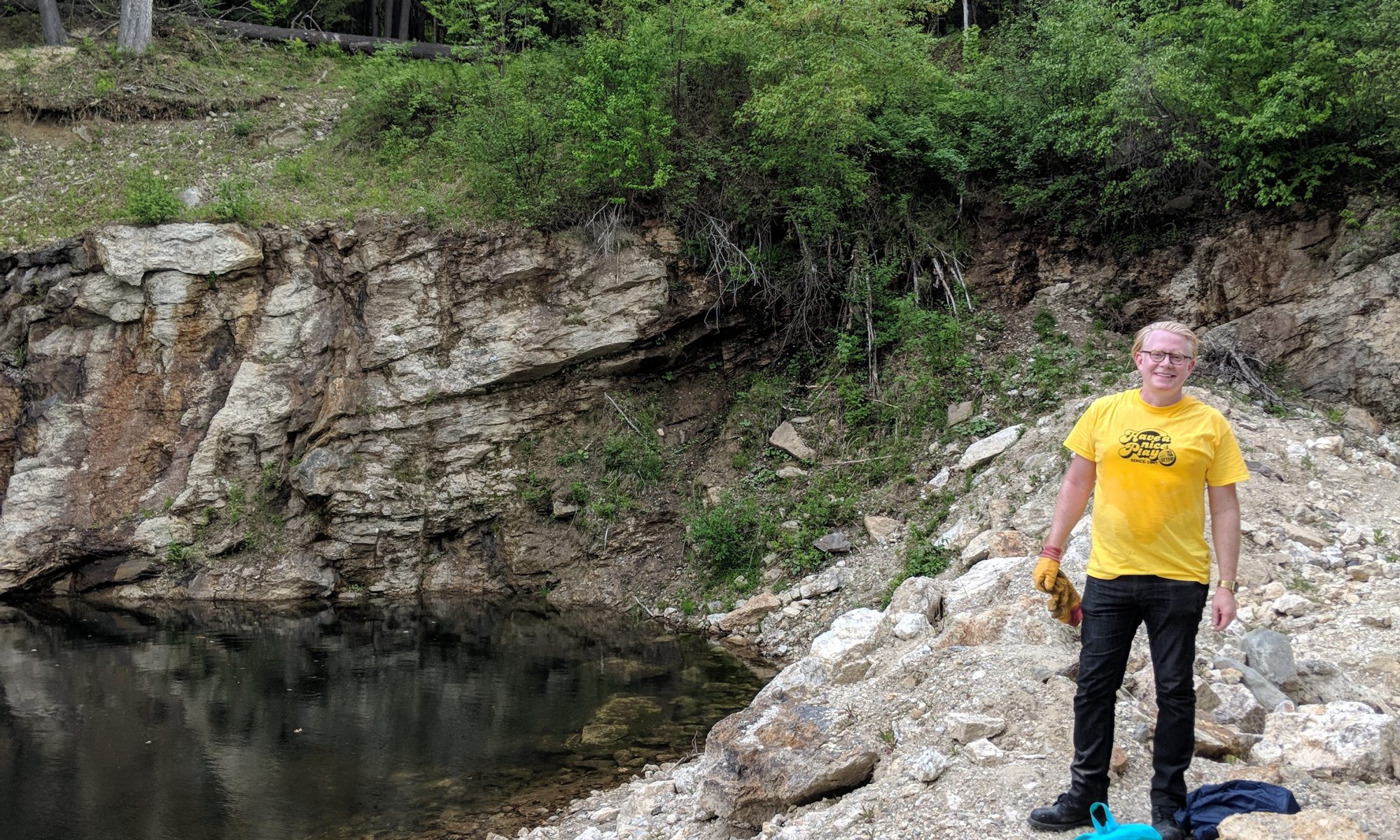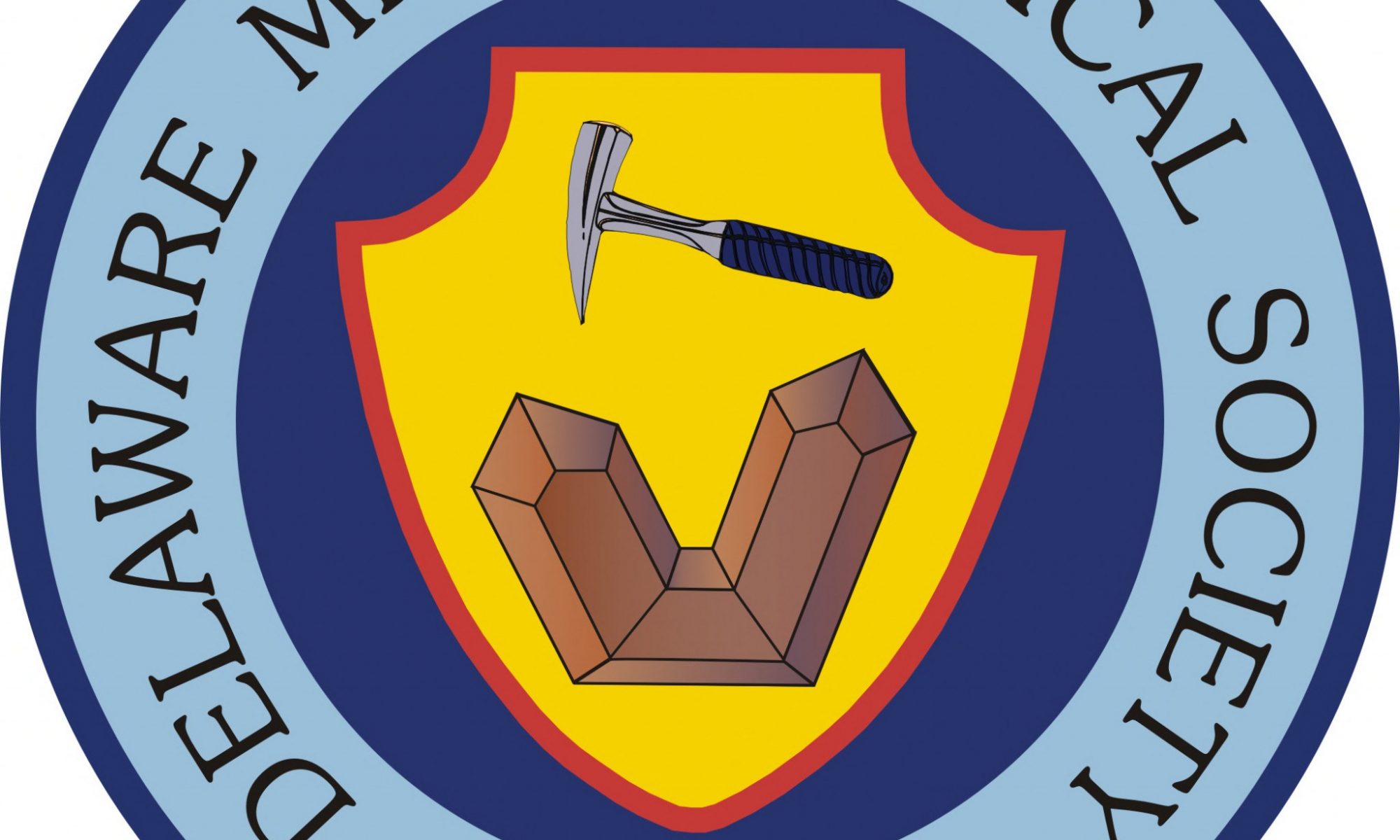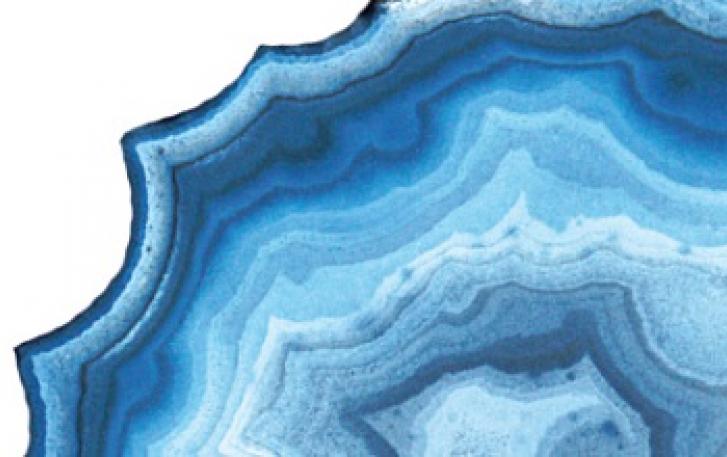“Supplies to Battle the Mosquitoes and the Flies”
When you are out in the wild, down in a mine, out on a hike, exploring an outcrop, and run out of a supply, or realize you forgot something, depending on where in the country you are, there will not be a 7-11, Piggly Wiggly, or Buc-ee’s nearby to make a quick run. With preparation however, you can rockhound uninterrupted, and be prepared in advance for the most likely scenarios, as well as the less common scenarios or challenges you may encounter.
Imagine finding an outcrop with a concave structure, like a cave but only about 10 feet deep of an interior. We found this structure one time in upstate New York rockhounding in an area known for quartz and pyrite. We flashed our cell-phone flashlight in the crevice and saw walls of quartz crystals. We had hit a jackpot. Then, like something out of a Harry Potter movie, a thick black opaque form started to rise. A giant swarm of mosquitoes! Fortunately, we had packed a plethora of mosquito coils, and were able to light a triangle of coils inside the entrance that dissipated the mosquito swarm, enabling us to take a crack at the quartz crystals in peace.
- Plenty of mosquito coils are necessary no matter the locale, season, or weather. Once can form a protective triangle around the area where you are mining to clear the air of mosquitoes and other pests. Even if you are rockhounding during the day time, the brush and underbrush and foliage is likely full of mosquitoes.
- Matches! The mosquito coils require matches, and lighting them may take more than one attempt if the day is windy, so pack many packs of matches (no pun intended).
- Mosquito repellant is still needed to protect you from what could be very harsh and aggressive mosquitoes, not your suburban or city style mosquitoes.
- Sunscreen is another requirement as chances are very good you will be out in the open air, in the sun, or overcast, rockhounding is an outdoors activity, and like most outdoors activities, sunscreen is recommended.




